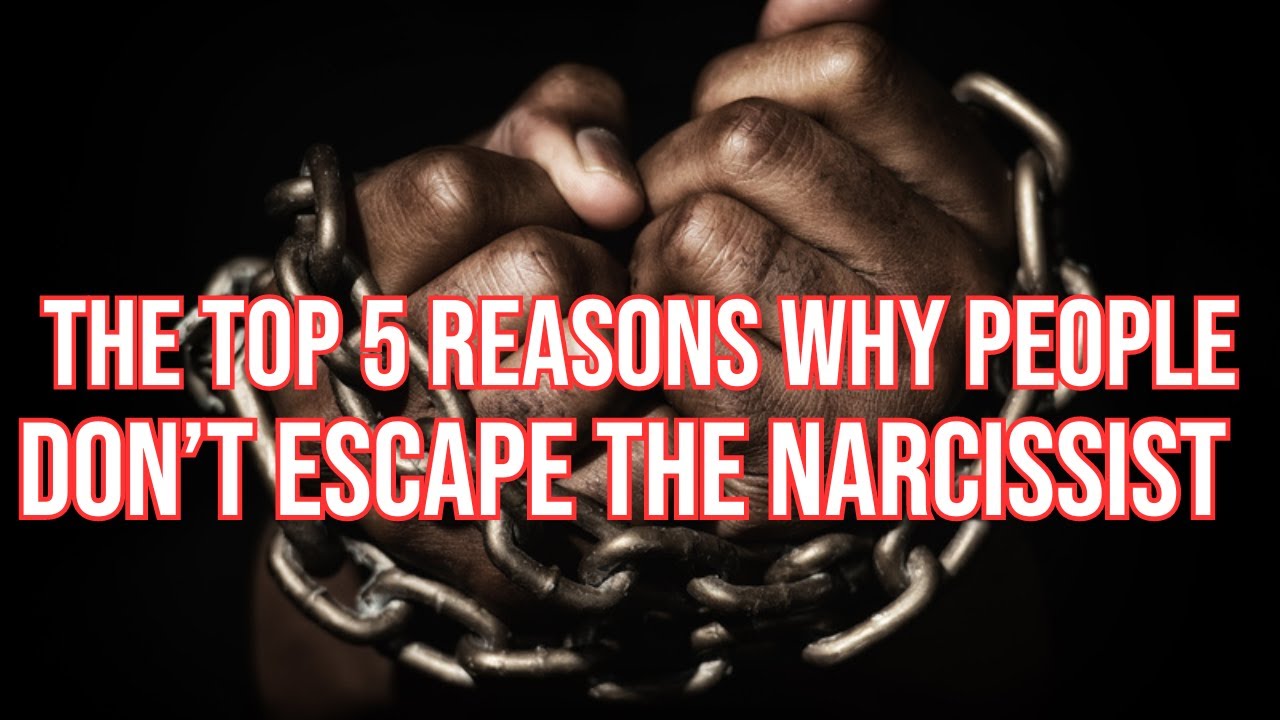5 Types of Unhealthy Sibling Relationships
Summary
TLDRThis video explores the complexities of toxic sibling relationships, outlining five unhealthy dynamics: the golden child and scapegoat, the royal brat and wise owl, the bully and victim, the addict and enabler, and the ghost and hungry child. Each dynamic reveals how family dysfunction can shape interactions and emotional well-being. The video emphasizes the importance of safety and provides resources for those in difficult situations. Viewers are encouraged to share their experiences and subscribe for more insights on navigating family dynamics and mental health challenges.
Takeaways
- 😀 Toxic sibling relationships can be a significant aspect of family dysfunction.
- 🙏 Many individuals in dysfunctional households may feel trapped; professional help is available.
- 💔 The golden child often mirrors a parent's narcissistic values, leading to a lack of empathy.
- 🔍 The scapegoat questions the parent's black-and-white thinking and often develops greater empathy.
- 👑 The royal brat manipulates and seeks attention, while the wise owl embodies responsibility and maturity.
- 🤼♂️ The bully-victim dynamic can create a cycle of abuse and emotional distress between siblings.
- 🍷 The addict-enabler relationship highlights codependency, where one sibling supports the other’s unhealthy behaviors.
- 👻 The ghost sibling withdraws emotionally, leaving the hungry child yearning for connection and love.
- 💬 It's important to recognize these unhealthy dynamics and seek help when needed.
- 📣 Engaging in conversations about sibling relationships can foster awareness and healing within families.
Q & A
What is the main purpose of the video?
-The main purpose of the video is to raise awareness about toxic sibling relationships and family dysfunctions, making these difficult topics more approachable for viewers.
What resources are mentioned for those experiencing domestic trouble?
-The video mentions resources such as the National Domestic Violence hotline, urging viewers to prioritize their safety and seek help from professionals.
What characterizes the 'golden child' and 'scapegoat' dynamic in sibling relationships?
-The 'golden child' is favored by the parent and mirrors their values, while the 'scapegoat' questions the parent's black-and-white thinking and is often seen as the 'bad one' in the family.
How does the relationship between the 'royal brat' and 'wise owl' differ?
-The 'royal brat' is spoiled, manipulative, and avoids responsibility, while the 'wise owl' is mature, responsible, and achieves their goals through hard work.
What is the role of the bully and victim in sibling relationships?
-In this dynamic, the bully, often struggling with their own challenges, takes out their frustrations on the victim, who feels small and helpless.
How do addiction and enabling manifest in sibling relationships?
-The 'addict' struggles with substance abuse or mental health issues, while the 'enabler' takes on a caretaker role, often at the expense of confronting the addict's problems.
What does the 'ghost and hungry child' relationship signify?
-The 'ghost' is emotionally distant and fades into the background, while the 'hungry child' longs for connection and support, often feeling empty and seeking love outside the family.
What does the video encourage viewers to do at the end?
-The video encourages viewers to share their experiences with sibling relationships, suggest topics for future videos, and subscribe to the channel to spread awareness on dysfunctional family dynamics.
How do the sibling dynamics described relate to parental influence?
-Each sibling dynamic reflects the influence of parental behaviors and values, showing how parents can create patterns of dysfunction among siblings.
What is the overall message the video aims to convey regarding family relationships?
-The overall message is to highlight the complexities of unhealthy sibling relationships and promote awareness and understanding of family dysfunction to help those affected.
Outlines

此内容仅限付费用户访问。 请升级后访问。
立即升级Mindmap

此内容仅限付费用户访问。 请升级后访问。
立即升级Keywords

此内容仅限付费用户访问。 请升级后访问。
立即升级Highlights

此内容仅限付费用户访问。 请升级后访问。
立即升级Transcripts

此内容仅限付费用户访问。 请升级后访问。
立即升级浏览更多相关视频

SML Movie: Bowser Junior Learns Karate [REUPLOADED]

Gigih Raih Kemenangan Ramadan bersama BCA

I Googled My Stepbrother And Found Out His Shocking Secret

Driving through Tehran 1 - the Son (shouting match, Part2)

Joe Fazer's Girlfriend Exposed Him || Fake Natty & Abuse

The Top 5 Reasons People Do Not Escape the Narcissist
5.0 / 5 (0 votes)
